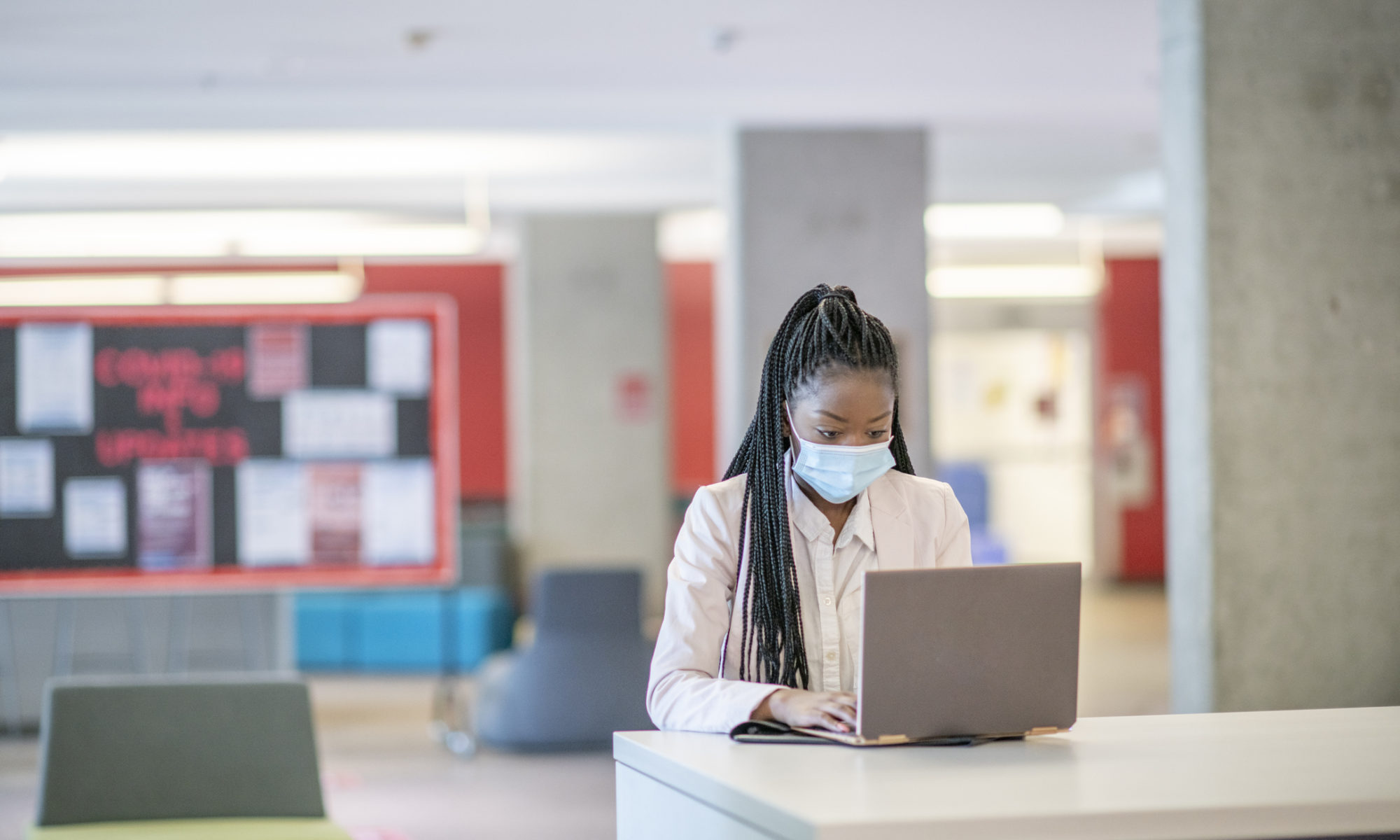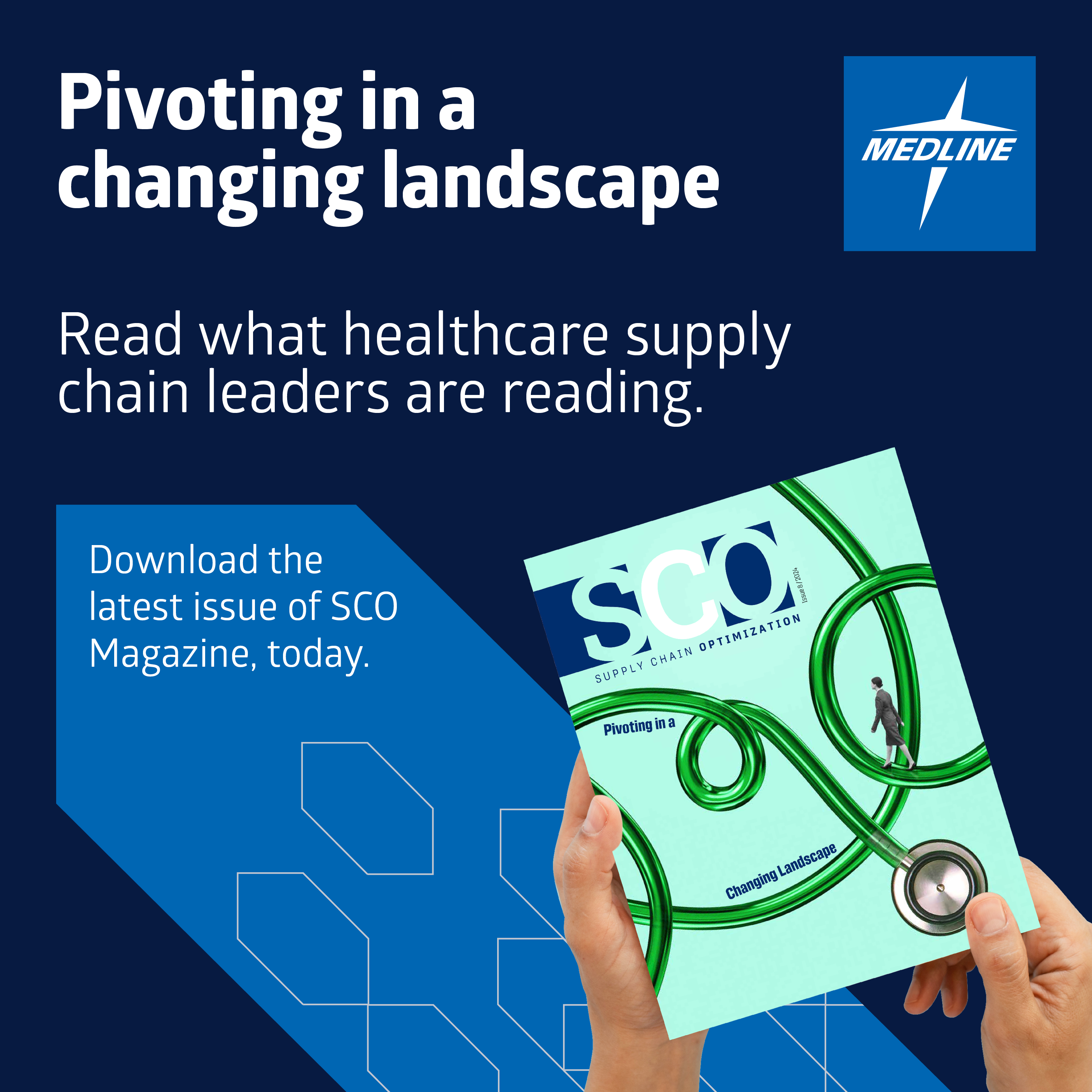Driving impact through strategic collaboration

How one California university is fighting COVID-19 and building alliances
By Medline Newsroom Staff | January 22, 2021
Last week, the Newsroom looked at how the University of California, Davis pivoted to develop a robust testing program for on-campus students and staff. Here is the second in our two-part series on how they got students to buy in to their program and the role supply chain played in their successes so far.
Foster student engagement and ownership
For any university COVID-19 strategy to succeed, students need to be on board. UC Davis greeted returning students with custom welcome kits created by Medline containing PPE. They hired students who receive pay and academic credit to be peer leaders, or “Aggie Health Ambassadors,” to demonstrate and advocate for proper hygiene, face mask use and social distancing.
In addition to running the testing center from an operational standpoint, Dr. David Coil, a faculty member who also now runs UC Davis’ new COVID-19 testing center, teaches a class on testing in which students learn about coronaviruses and the different available tests. Students also work a weekly shift in full PPE at the testing center. Many of the other student employees at the testing center are individuals previously employed at now-closed facilities like the campus rec center and cafeteria. All together, these efforts have created a sense of buy-in from the student population, further strengthening their COVID-19 strategy.
Build strong strategic partnerships
Many institutions were left scrambling when the pandemic hit as their supply chains were severely tested by the increased need for PPE. Thankfully, supply chain leaders at UC Davis were already working closely with Medline in order to examine their equipment needs and standardize purchasing.
This close relationship helped the university’s research labs have the equipment on hand to stay open throughout the pandemic, one of the only research facilities in the country to do so. This meant that vital research could continue unabated. While many universities were scrambling to meet new supply chain needs in the spring and summer, UC Davis found they only had to fine tune their existing process.
“Through the weekly or bi-weekly calls I have with UC Davis, we keep communication open, transparent and consistent. We all learn a great deal and work as one team to find a path forward,” says Dana Kenney, a Medline account manager. “I would encourage schools to develop these relationships and regular lines of communication with their partners if they don’t have them in place already. This level of communication and rapport is a must in the current climate and when preparing for the future.”
No single strategy is a “silver bullet,” but the key decisions UC Davis has made over the last year has put the university in a position to weather the pandemic better than many of their peers. Now that vaccines are being administered to medical staff and first responders, leaders are making their next key decision: how to administer vaccinations to students, faculty and support staff.
Medline Newsroom Staff
Medline Newsroom Staff
Medline's newsroom staff researches and reports on the latest news and trends in healthcare.

